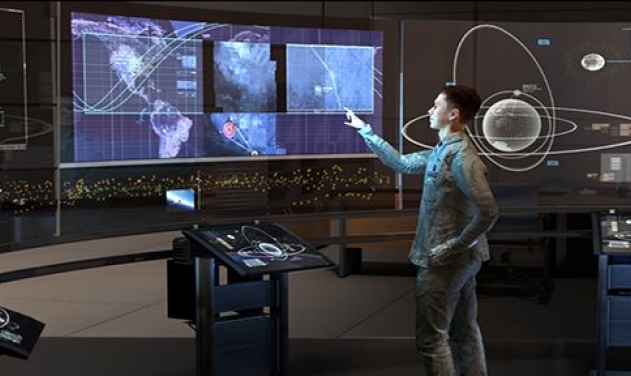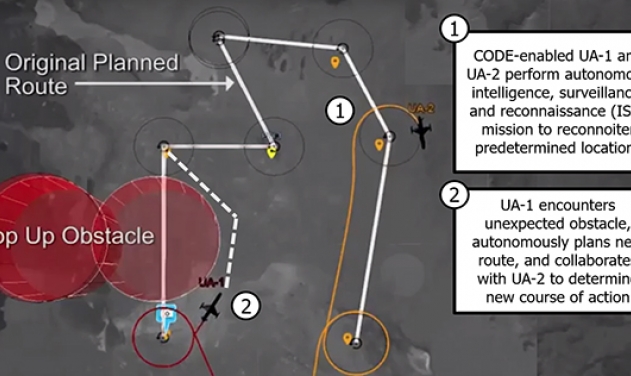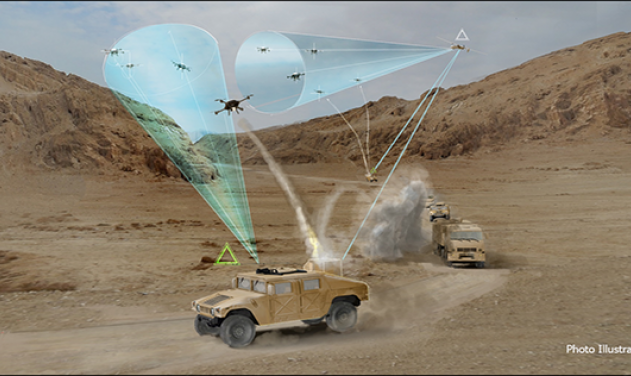DARPA’s Hallmark Program Seeks Real-Time US Military Space Command and Control

The US Defense Advanced Research Projects Agency (DARPA) has awarded Phase 1 contracts to 11 organizations in support of its new Hallmark program that seeks to provide improved capabilities to rapidly plan, assess, and execute the full spectrum of U.S. military operations in space.
The program has completed initial research and Phase 1 contracts is seeking additional technologies to support the ability to model current and future space situational awareness and command and control tools, capabilities, subsystems, and systems, as well as external capabilities and interfaces to support air, cyber, land, and maritime environments.
“Twenty-first-century space BMC2 must enable commanders to quickly understand and handle situations by optimizing delivery and presentation of crucial information to make decisions, then provide flexible options for effective, timely response,” said Lt. Col. Jeremy Raley, program manager in DARPA’s Tactical Technology Office (TTO). “Hallmark aims to more quickly, collaboratively, and cost-effectively develop unprecedented space BMC2 tools.”
The Hallmark Tools and Capabilities 2 (Hallmark-TC2) BAA aims to develop and validate additional technologies to complement and augment the Hallmark-TCEM tools and capabilities currently being integrated into the Hallmark software testbeds.
Hallmark’s Phase 1 research seeks to develop a modular system that could quickly and easily add, remove, and exchange tools from multiple providers. Hallmark Tools, Capabilities and Evaluation Methodology (Hallmark-TCEM) is developing the first set of tools and technologies, as well as providing one of the first instances of using cognitive evaluation to inform development of tools for U.S. military command and control.
Cognitive evaluation involves well-established research methods for assessing situational understanding and awareness, including qualitative (interviews) and quantitative (logging human-machine interaction) data collection during and after testing. DARPA is using this discipline to more quickly discover which tool and task combinations most effectively convey information, contribute to operators’ understanding of situations, and enhance real-time decision making.
“Everyone says they can build ‘better’ human-to-machine interfaces, but how is ‘better’ being measured?” asks TTO Director Fred Kennedy. “Normally, we rely on subjective interpretations from operators at consoles. Hallmark’s unique insight is that we should be able to use quantitative methods to accurately and reliably measure cognitive performance. That’s a big step forward”.












